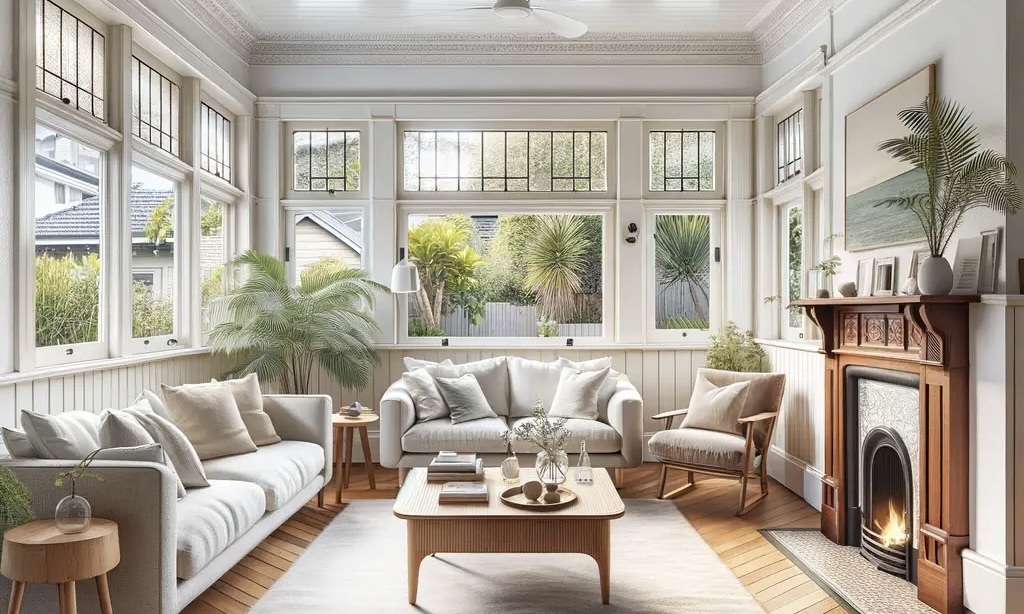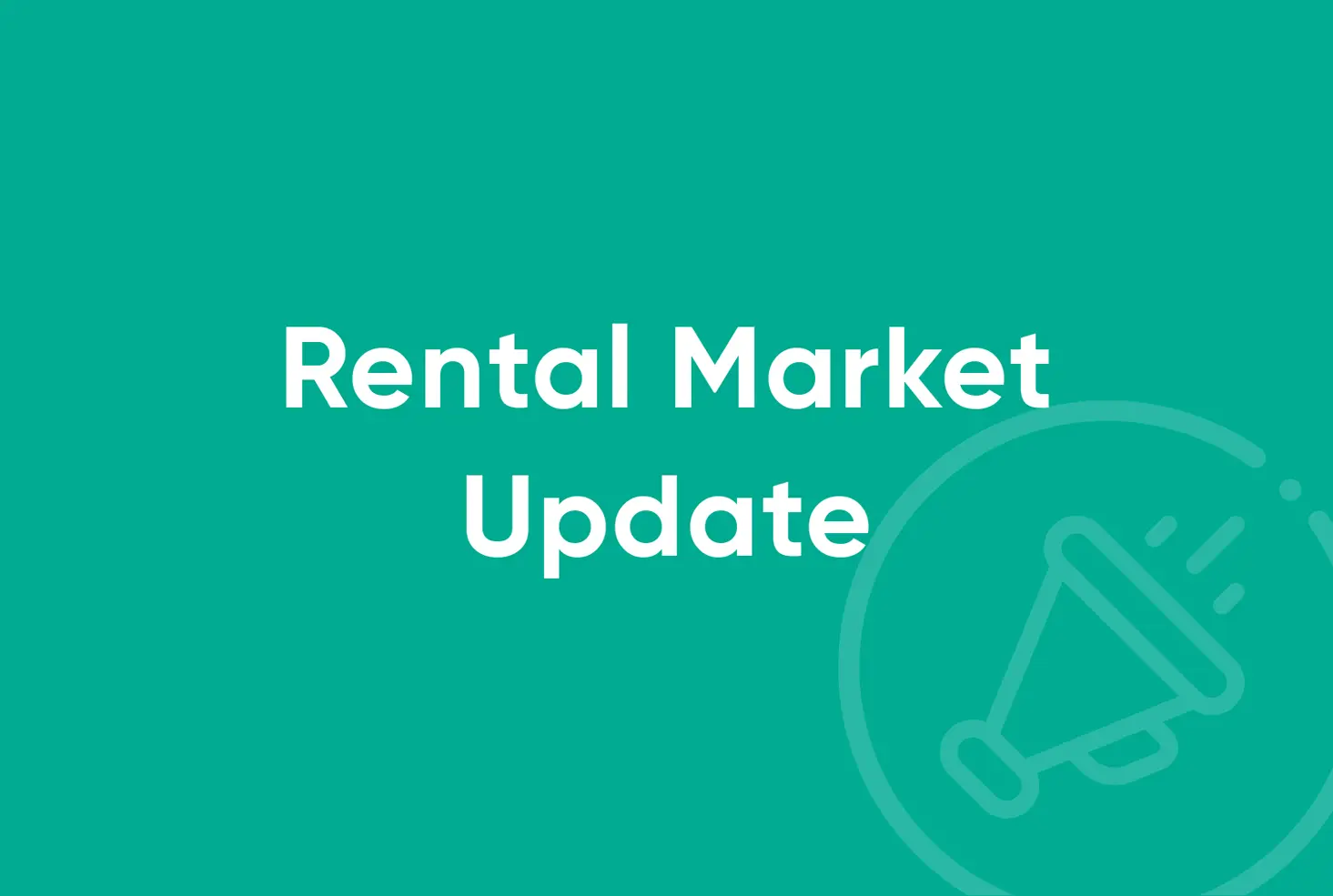When it comes to renting out your property, one crucial decision you must make is whether to offer it furnished or unfurnished. While the allure of higher rental income might seem enticing, there are significant drawbacks that you need to consider before deciding to furnish your rental property.
The Temptation of Higher Rental Income:
One of the primary reasons you might consider furnishing your rental property is the potential for higher weekly rent. It’s true; furnished properties often command a slightly higher price in the market. However, before you start filling your property with furniture, it’s crucial to understand the hidden costs and potential pitfalls associated with furnished rentals.
Maintenance Woes:
One major drawback of furnishing a rental property is the responsibility that comes with maintaining the chattels. From regular wear and tear to accidental damage, landlords may find themselves constantly dealing with repairs and replacements. Not only is this a time-consuming process, but it can end up costing more than the extra rent that is generated. For example, if you sign a tenancy that includes a fridge, and the fridge stops working; you are legally obligated to repair or replace it. The same applies for every chattel on the agreed list. And chattels need to be replaced “like-for-like”, for example, a 50” television can’t be replaced with a 32’’ one.
Disputes Over Damages:
Furnished properties often lead to disputes between landlords and tenants regarding accidental damage and fair wear and tear. Determining what constitutes fair wear and tear can be a subjective and challenging task, potentially leading to disagreements that could escalate into legal issues and trips to the tenancy tribunal.
Tracking Chattels:
Keeping track of each piece of furniture and other items within a furnished property can be difficult. Extra time is needed for each routine inspection to check the condition of all the chattels; and entry and exit inspections take twice the time, which adds extra cost.
Smaller Market for Furnished Properties:
There is less demand for furnished houses, so by putting your house to market as furnished, you are reducing your pool of potential tenants. And people renting furnished houses tend to be in-between houses or moving locations; so they are less likely to turn into long-term tenants.
Exception to the Rule – CBD Apartments:
While our advice is to steer clear of furnishing rental properties in general, there is one exception that may make sense – CBD apartments. Furnished CBD apartments can be particularly attractive to students and individuals seeking shorter-term accommodation. The convenience of a ready-to-move-in space in a central location can outweigh the potential drawbacks associated with furnishing.
In conclusion, the decision to rent out a property furnished or unfurnished requires careful consideration. While the promise of higher rental income may initially seem appealing, you must weigh the additional costs, maintenance responsibilities, and potential disputes that come with furnishing a property. In most cases, opting for an unfurnished rental is the more practical and hassle-free choice for landlords in the long run. However, for those with properties in CBD areas, the unique demand for furnished spaces may make it a worthwhile venture. Ultimately, it’s essential to make an informed decision based on the specific characteristics of your property and the target rental market. Ask your property manager what is the best course of action for your property.








